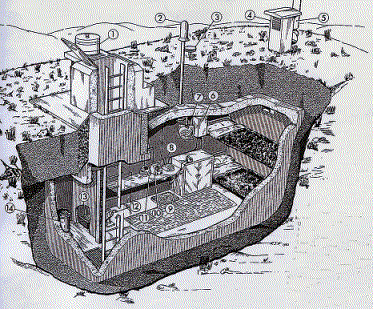Hello,
I'm very new and inexperienced to this game but could anyine please help with advice.
I have a large space and would like to dig a hole, approx 14ft x 10ft x 7ft deep. What would be ideal for foundations, walls, damp proofing etc? I plan to cover the roof in earth with a small doored access hatch of about 2 1/2 ft x 2ft 1/2 ft.
I was planning on using concrete for the floors and walls and ply with timber supports for the ceiling. How can I concrete vertically (for the walls????
Any advice would be HUGELY appreciated!
Thanks!
Jim
I'm very new and inexperienced to this game but could anyine please help with advice.
I have a large space and would like to dig a hole, approx 14ft x 10ft x 7ft deep. What would be ideal for foundations, walls, damp proofing etc? I plan to cover the roof in earth with a small doored access hatch of about 2 1/2 ft x 2ft 1/2 ft.
I was planning on using concrete for the floors and walls and ply with timber supports for the ceiling. How can I concrete vertically (for the walls????
Any advice would be HUGELY appreciated!
Thanks!
Jim


